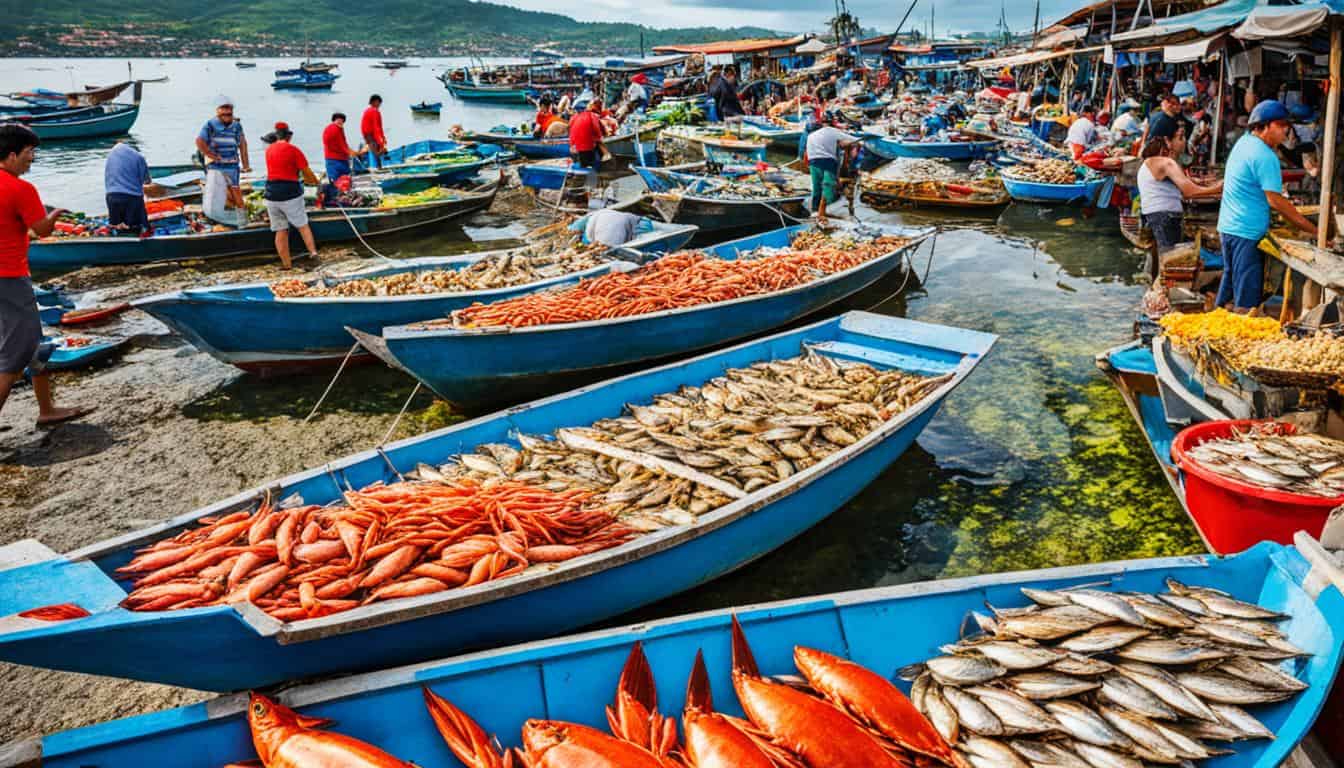The Philippines, an archipelago of more than 7,000 islands, is a paradise for seafood lovers. Surrounded by rich waters and vibrant coastal communities, its cuisine has long been defined by the ocean’s bounty. Today, Philippines Restaurants (필리핀 맛집) that specialize in fresh, locally caught seafood are not only preserving tradition but also elevating it into unforgettable dining experiences.
1) The soul of Filipino coastal cuisine
Seafood is more than a meal in the Philippines—it’s a celebration of life by the sea. Generations of fishermen have passed down recipes that highlight freshness, simplicity, and family. Whether grilled, steamed, or stewed, the focus is always on bringing out the natural flavor of the day’s catch.
Across Luzon, Visayas, and Mindanao, coastal restaurants have evolved from humble “dampa” markets to world-class culinary destinations. Diners can handpick seafood straight from the tanks—prawns, crabs, squid, and fish—and have them cooked to order in signature Filipino styles.
2) Manila Bay and the modern “dampa” experience
Manila’s seaside districts remain at the heart of urban seafood dining. The famous Dampa Seaside Macapagal in Pasay is a must-visit for locals and tourists alike. Here, restaurants like Aling Tonya’s and Blue Bay Seafood House deliver an authentic Filipino experience—customers buy fresh seafood at market stalls and have it prepared exactly as they like: garlic butter shrimp, chili crab, or grilled pusit (squid).
These spots capture the true essence of the Philippines Restaurants (필리핀 맛집) experience—interactive, social, and packed with flavor.
3) Cebu and the Visayan seafood legacy
In Cebu, seafood dining is practically an art form. Coastal eateries take advantage of the island’s access to some of the country’s freshest catches.
- Lantaw Native Restaurant (Busay & Cordova): Famous for panoramic seaside views and classic grilled dishes like sinugbang isda (grilled fish) and tinolang isda (fish soup).
- STK ta Bay!: A homegrown favorite serving grilled tuna belly, baked scallops, and squid adobo in a cozy, old-fashioned house.
These local favorites blend traditional Filipino hospitality with flavors that remind you why the sea is central to the nation’s culture.
4) Palawan and Boracay — tropical seafood havens
Palawan’s laid-back charm and Boracay’s vibrant nightlife both offer distinct coastal dining identities.
- In El Nido, beachfront shacks serve fresh catch straight off the boats, from snapper ceviche (kinilaw) to grilled lobsters with calamansi butter.
- Boracay, on the other hand, fuses island luxury with Filipino flair—Los Indios Bravos and Seabreeze Café are top picks for travelers who want both ambience and authenticity.
Here, seafood dining isn’t just a meal—it’s part of the island rhythm, where the sound of waves mixes with the sizzle of the grill.
5) Sustainable fishing and ocean-conscious dining
Modern Filipinos are becoming more aware of sustainability. A growing number of 필리핀 맛집 now partner with local fishermen who use eco-friendly practices, ensuring that marine resources are preserved for future generations.
Restaurants emphasize “responsibly caught” seafood, seasonal menus, and zero-waste kitchens. This shift towards sustainability reflects the Philippines’ deeper respect for its oceans—a theme increasingly embraced by chefs and diners alike.
6) Bringing the coast to the city
Even inland cities are catching the wave of coastal dining. In Quezon City and Makati, restaurants like The Seafood Shack and Blackbeard’s Seafood Island recreate the beachside feast indoors—complete with banana leaf spreads and boodle fights that bring groups together over shared platters of crab, mussels, and shrimp.
It’s proof that the spirit of the coast can travel, and that the Philippines Restaurants (필리핀 맛집) experience is as much about community as cuisine.
7) The taste of home and horizon
From bustling seaside markets to candlelit beach dinners, seafood dining in the Philippines tells a story of connection—to nature, to family, and to culture.
Every bite of adobong pusit or kinilaw na tanigue carries a piece of that story: a harmony between sea and table, between past and present.
Final Thought
Seafood dining in the Philippines is not just about freshness—it’s about identity. It’s where tradition meets innovation, and where every dish reminds you of the country’s deep bond with the sea.
As the Philippines Restaurants (필리핀 맛집) scene continues to grow, it remains anchored by what matters most: honest flavors, shared meals, and the ocean that feeds both body and soul.


